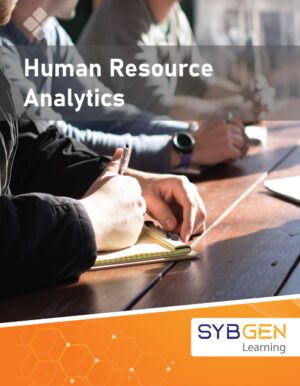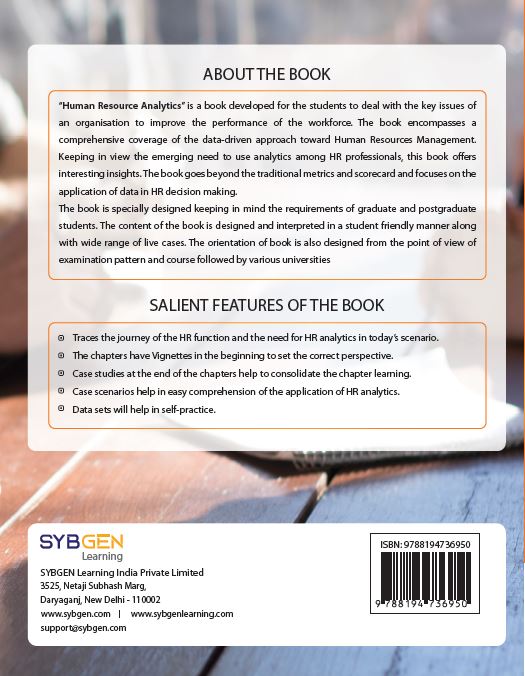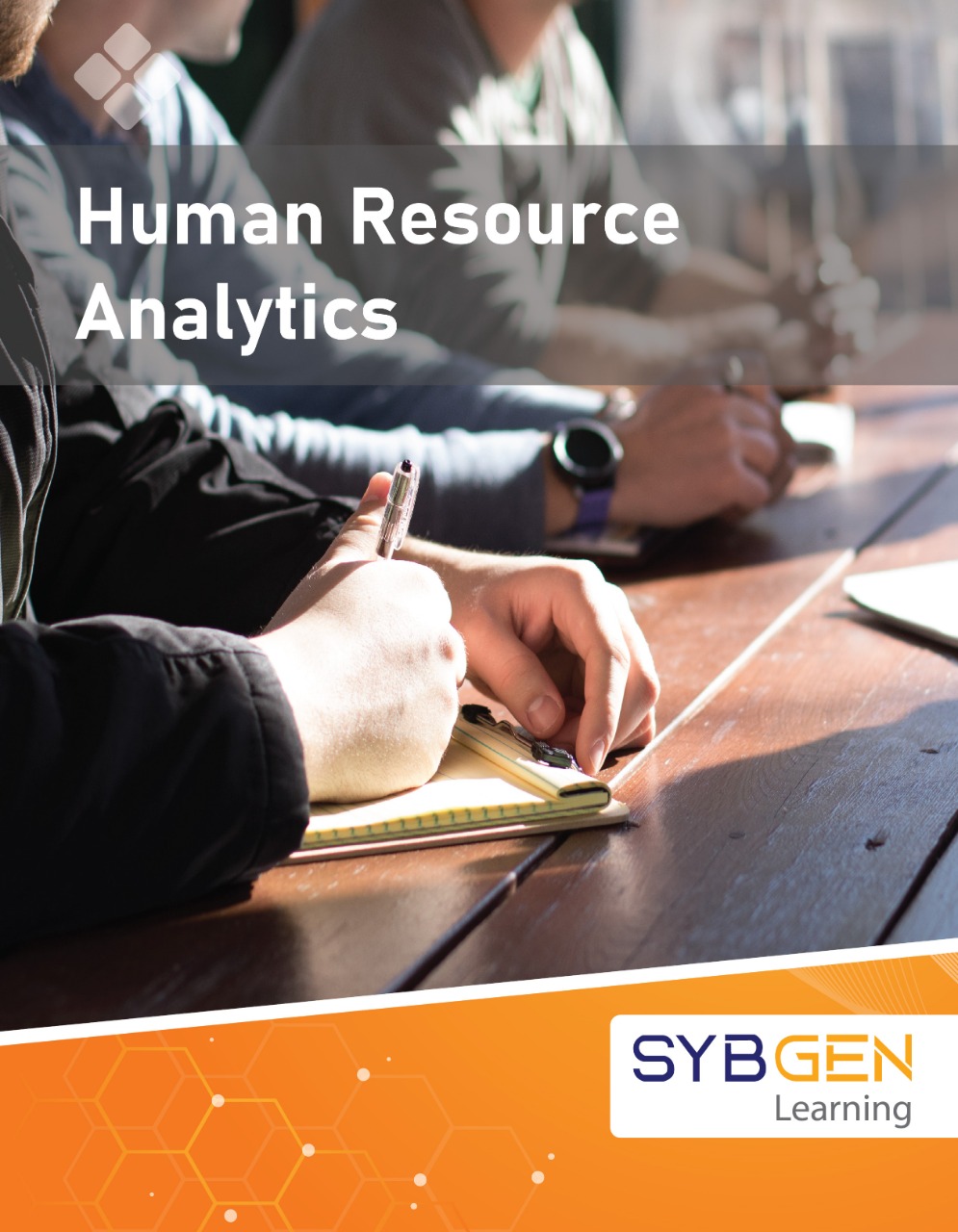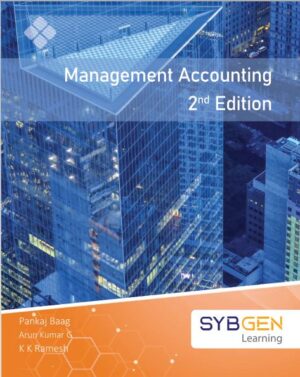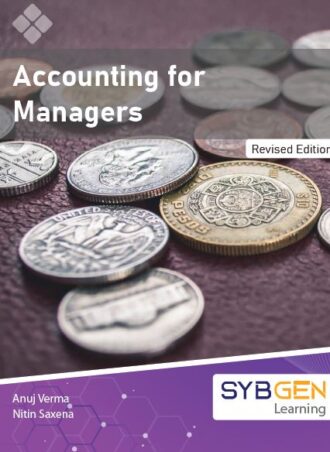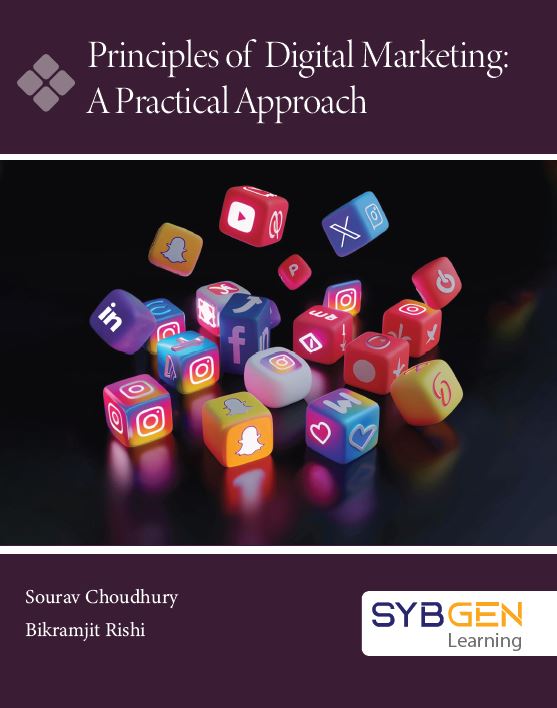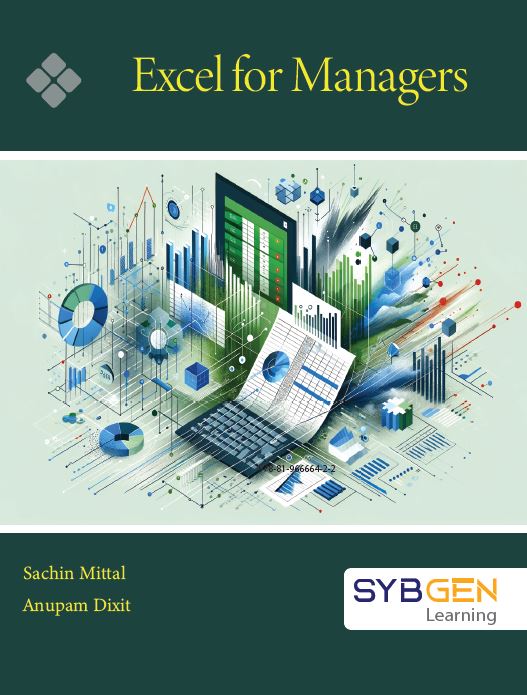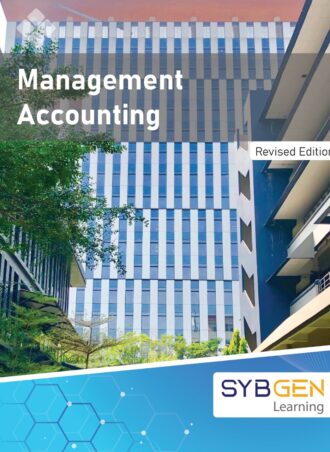Description
It is quite clear we are living in tumultuous times. To survive and succeed, organizations need to identify the practices that have outlived their times and identify and adopt more contemporary approaches. In the 21 st century the world is groping with a new normal; a business environment that is Volatile, Uncertain, Complex and Ambiguous or VUCA. Understanding and competently leveraging the VUCA environment has become essential for
success and growth and optimum performance of the organizations. Organizations need to reorient themselves and develop new competencies that will enable them to optimize the limitless opportunities offered in the VUCA environment. Like other functions of Management, the HR function also needs to evolve. The Industry 4.0 has brought a revolution in terms of technology and the use of Big Data. The HR function which has often been criticized as being an intuitive function, also needs to transgress to data driven decisions. In this context use of HR analytics becomes important.
This Book attempts to bring to the fore the compelling forces created by the changes in business environment and how the HR function needs to adopt HR analytics to add more value for business. The book begins by introducing fundamental terms used in Business analytics to familiarize the reader and set the context. Next the book traces the evolution of HR and the place of HR analytics in today’s scenario. The important metrics used in the HR
function are discussed. The value created by HR is often difficult to quantify and the contribution to business is often established through circuitous paths. Tools like HR Value Chain, Balanced Scorecard and HR Scorecard and human resource accounting models have attempted to monetize the value created by HR. The book discusses these tools to highlight how the value created by HR function can be captured. The book also includes the basic statistical tests used in HR data analytics and its interpretations. Case scenarios in the business organizations were considered to demonstrate the use of HR analytics which can help the management take data driven decision, hence practice evidence-based management.
The book presents the possibilities of using HR analytics required at different managerial hierarchal levels to navigate the VUCA labyrinth.
A work like this cannot be completed without the blessings and guidance of mentors. I wish to express my heartfelt thanks to Dr. (Col) A. Balasubramanian, Chancellor Sri Balaji University Pune. Bala Sir, as he his fondly known has been a perennial source of motivation.
He has always taught us “Problems are Opportunities”, this mantra was indeed inspiring to deal with the challenges during this journey.
I also thank my husband Ashish for being the devil’s advocate and giving pointed feedback which was invaluable to improve this book. Appreciation is accorded to my son, Aryan for helping me look at the content to be included from a student’s relevance perspective.

